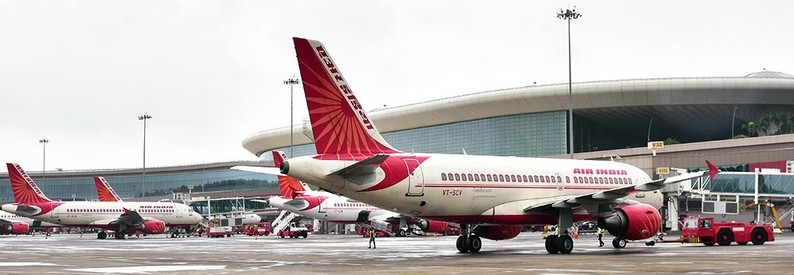112 Air India Pilots Call in Sick After Deadly Dreamliner Crash

Just four days after the fatal crash of an Air India Boeing 787 Dreamliner in Ahmedabad, 112 Air India pilots reportedly went on medical leave, raising serious concerns about crew fatigue and mental health. The incident, which occurred when the aircraft lost thrust mid-air and crashed into a building near the airport, claimed the lives of 274 people.
Junior Aviation Minister Murlidhar Mohol informed Parliament on Thursday that 51 commanders and 61 flight officers submitted sick leave requests in the days following the crash. Addressing lawmakers in the Lok Sabha, Mohol emphasized the growing need to prioritize the mental well-being of pilots, especially after traumatic aviation incidents.
In response to these concerns, the Directorate General of Civil Aviation (DGCA) had earlier issued guidelines in February 2023 directing airlines to implement “quick and effective methods to assess mental health” during routine medical evaluations. Airlines and airport authorities were also instructed to introduce specialized mental health training for flight crew and air traffic control officers (ATCOs), along with establishing peer support programs to help staff recognize and manage stress and psychological challenges.
Meanwhile, Air India confirmed receipt of four show-cause notices from the DGCA on Wednesday, relating to breaches of safety standards involving crew fatigue management, training protocols, and operational procedures. The notices were reportedly issued following the airline’s voluntary disclosures over the past 12 months.
“We acknowledge receipt of these notices… related to certain voluntary disclosures made over the last one year. We will respond to the said notices,” an Air India spokesperson stated. “Air India remains committed to the safety of our crew and passengers.”
These notices bring the total to 13 received by Air India over the past six months, following a series of safety-related incidents. These include a fire in the auxiliary power unit of an Airbus A321 after landing in Delhi, a Kochi-Mumbai flight veering off the runway and damaging its engine cowling, and a Delhi-Kolkata flight that aborted takeoff at the last minute. Most recently, a Delhi-Mumbai Air India Express flight canceled takeoff due to a malfunction in its speed display systems.
The airline has been under intense scrutiny since the June 12 Dreamliner crash, which occurred just 32 seconds after takeoff. A preliminary report from the Aircraft Accident Investigation Bureau (AAIB) revealed that the aircraft’s fuel control switches had been moved from the “RUN” to the “CUTOFF” position within seconds of each other—an action that would have cut off engine power. The switches, designed to prevent accidental movement, have since become the center of speculation.
Cockpit voice recordings captured one pilot asking the other if they had shut off the fuel supply, with a reply of “no.” Media reports, including those by the Wall Street Journal, have suggested intentional interference. However, the AAIB and the government have condemned such reports as “unverified” and “irresponsible.”
The final investigation report is still pending. In the meantime, the DGCA ordered immediate checks on Boeing aircraft fuel systems across Indian carriers. Air India has since confirmed the inspections are complete and reported “no issues.”
Related News: https://airguide.info/?s=air+india, https://airguide.info/category/air-travel-business/travel-health-security/
Sources: AirGuide Business airguide.info, bing.com, WSJ.com, yahoo.com
